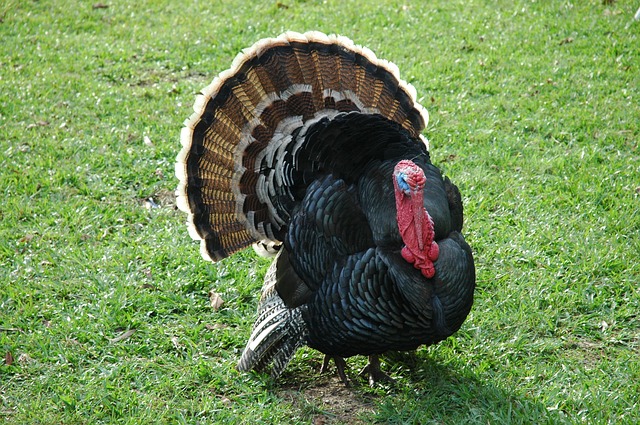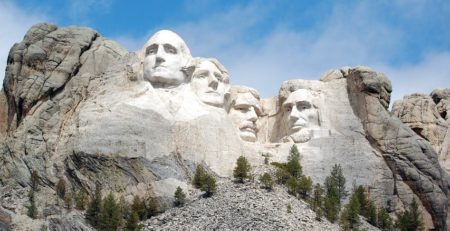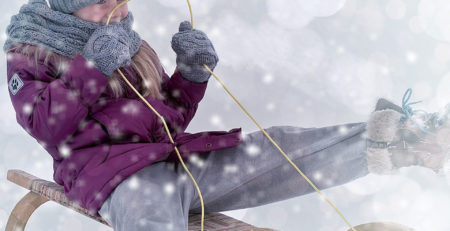Tutoring Excellence looks at the biology, history, and folklore behind the staple of the harvest celebration.
We hope you will be able to gobble up some of these Turkey facts for your holiday meal.
- Turkeys can fly— Wild Turkeys can fly and can reach speeds up to 55 mph. The domesticated variety was bred to be plump and juicy, not aerodynamic.
- Turkeys were named after the country. Turkish traders had been importing African guinea fowl to Europe prior to the exploration of the new world. When North American explorers started shipping Turkeys back to Europe, the Europeans thought the bird looked like the African ‘Turkey-cocks,’ so they called them “Turkeys”.
- Turkey have two stomachs. Because birds have no teeth, they need help digesting food. The first stomach distributes acid to soften the food and the second stomach, or the gizzard, smashes the food into smaller pieces.
- Turkeys nearly went extinct. Because of overzealous hunting and habitat destruction in the early 1900s, the population of Turkeys dropped to 30,000. But restoration programs across North America have brought the numbers up to seven million today. (https://www.smithsonianmag.com/)
- Eating Turkey will make one soporific. Turkey meat does contain the amino acid tryptophan, which has a calming effect, however, one would have to eat a massive amount of turkey without anything else. The tired feeling after a Thanksgiving dinner is likely caused by carbohydrates, alcohol, and eating to excess.
- Many believe that Ben Franklin proposed the Turkey to be the national bird. Ben Franklin had a fascination with Turkey, he thought it would be a much more respectable bird than the Bald Eagle. However, he did not object to the Bald Eagle as the symbol for our new nation.
- Turkeys sleep in trees. Turkeys have a lot of natural predators, such as coyotes, foxes, and raccoons. As the sun goes down, Turkeys move up into the trees.
- Turkeys have good vision. Turkeys eyes are very sharp: they have terrific peripheral vision and they have better color vision than we do.
- There were no Turkeys at the first Thanksgiving. The written menu listed “fowl,” but this most likely meant duck, goose, grouse, or even bald eagle.
- Turkeys can be mean. Turkeys do not look menacing, but belligerent Turkeys can be dangerous.












